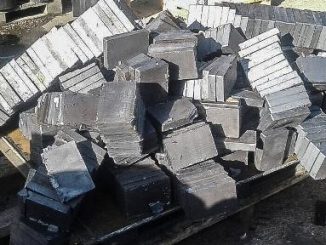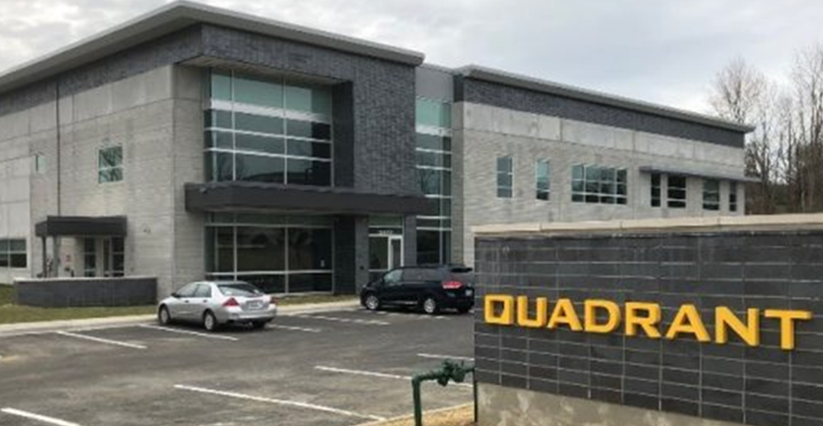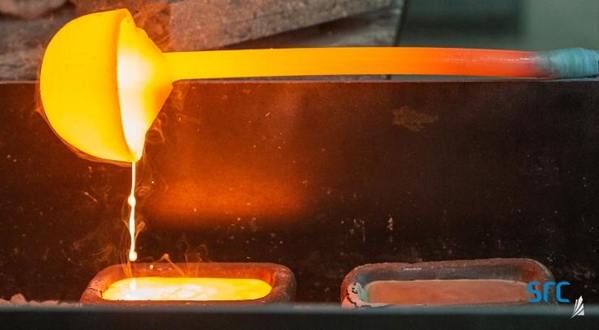
The Saskatchewan Research Council is lining up supplies of feedstock to funnel into its new rare earth processing facility in central Canada that is aimed to catalyze a mines-to-magnet supply chain for the country. In recent moves it has forged agreements with Hung Thinh Group to import rare earth carbonate from Vietnam and purchased $3 million worth of stockpiled rare earth material from Vital Metals – adding to previously arranged supplies to come from Commerce Resources’ Ashram property near Quebec. The actions come amidst resolute efforts by the provincial and federal governments to seize the economic opportunities that a domestic rare earths and magnet industry can mean – and by SRC to become an industry leader.
In July, SRC concluded payment of $3 million to Vital Metals Ltd for stockpiled rare earth material. The sale was facilitated by Natural Resources Canada for Vital’s stockpiled rare earth material derived from a mining campaign on the company’s Nechalacho’s North T deposit in Canada. Vital, an Australian minerals company that has been pursuing rare earths properties in Canada’s Northwest Territories, received 50% payment from SRC shortly after execution of the sale agreement and 50% payment in stages, following delivery of the material.
The steps culminated an intervention by the Canadian government to prevent the export of rare earth resources to China, blocking Vital’s order from a Chinese company for the materials and part of a broad effort by Canada to take closer control of its critical mineral resources. Vital, meanwhile, has suspended the Nechalacho project and is now focused on another deposit, known as Tardiff.
Regarding the transaction, Managing Director Lisa Riley said: “Our sale of stockpiled material to SRC is now complete, allowing Vital to derive value from our earlier work at Nechalacho. This allows us to focus on development of Tardiff as a long-life, large-scale rare earths project. A Scoping Study is the next logical step in our pathway and we are on track to deliver the study by the end of 2024.“
Rare earths from Vietnam headed to SRC in Canada
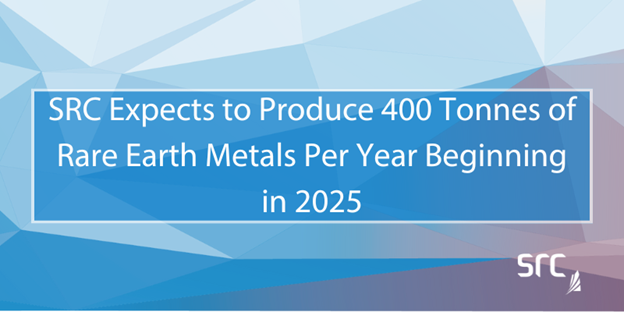
In April, SRC signed a five-year agreement in principle with Hung Thinh Group from Vietnam to import rare earth carbonate to SRC’s Rare Earth Processing Facility in Saskatoon to produce rare earth metals. Under the agreement, HTG will supply SRC with up to 3,000 tons of rare earth carbonate per year for five years beginning in June 2025. Securing the supply will allow SRC’s facility to process, separate and produce approximately 400 tons of rare earth metals per year.
“Working with the international community to secure this supply of critical minerals for SRC’s Rare Earth Processing Facility marks another step forward in establishing a domestic rare earth element hub in Saskatchewan,” Minister Responsible for SRC Jeremy Harrison said. “This agreement is a direct outcome of Saskatchewan’s international engagement with Vietnam, supported by our trade and investment office in Ho Chi Minh City. During our 2022 mission to Vietnam, our team and I met directly with HTG to showcase the opportunities for collaboration with Saskatchewan on rare earth processing. This agreement means SRC’s facility will have the resources essential for the production of rare earth metals in Saskatchewan for the next five years.”

Commerce Resources supply deal
In another supply deal, last year SRC signed a letter of intent with Commerce Resources Corp. for the delivery to SRC’s plant in Saskatoon of mixed rare earth carbonate produced from the company’s Ashram Rare Earth and Fluorspar Deposit. The intention of the collaboration was to complete the first full rare earth element supply chain in Canada from mine to metal, the parties announced. Located in the province of Quebec, the Ashram Deposit ranks as one of the largest REE and fluorspar deposits globally.

Headquartered in Vancouver, Commerce is a junior mineral resource company focused on the development of the Ashram Deposit to become a supplier of mixed rare earth carbonate and NdPr oxide. Preparing for ramp-up, it recently appointed experienced resources executive Ross Carroll as its new president and CEO effective August 1.

Government funding has opened doors to manufacturing and technology progress
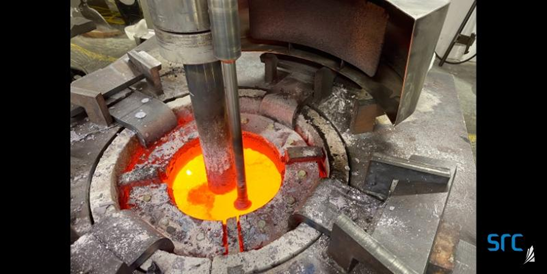
SRC has been constructing what it calls North America’s first fully integrated rare earth processing facility, spanning the stages from minerals to metals. The facility is expected to be fully operational in late 2024 and has already demonstrated each individual stage including NdPr metal ingots. A string of government fundings have paved the way, leading to extensive manufacturing and technology development.
SRC has developed proprietary, state-of-the-art technology and know-how in rare earth mineral processing, solvent extraction and metal smelting, enabling it to establish its commercial demonstration rare earth processing facility in Saskatoon. Since 2020, the Saskatchewan provincial government has invested $71 million into the facility which is expected to act as a catalyst to stimulate the resource sector in Saskatchewan and across Canada by providing the mid-stream supply chain needed to generate industry investment and growth.
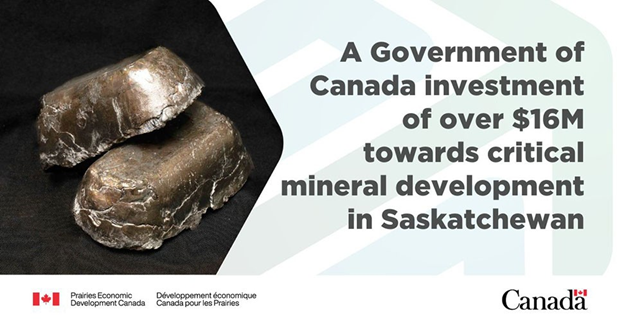
New funding from the federal government was announced August 14 when Jonathan Wilkinson, Federal Minister of Energy and Natural Resources, on behalf of Dan Vandal, Federal Minister of PrairiesCan, pledged more than $16 million in new funds to support SRC in Saskatoon. The amount builds on earlier support of nearly $13.5 million from PrairiesCan and Natural Resources Canada (NRCan) for SRC to establish its processing facility and develop new rare earth mineral processing technologies. Prairies Economic Development Canada (PrairiesCan) is the department that diversifies the economy across the Canadian Prairies by supporting economic development in the provinces of Alberta, Saskatchewan and Manitoba.
The latest tranche includes $15.96 million through PrairiesCan to enable SRC to acquire bastnaesite from Canadian sources and create new domestic capacity for bastnaesite processing, which will be integrated into SRC’s Rare Earth Processing Facility. SRC will process bastnaesite ore acquired from Vital Metals Ltd.’s Canadian operations to produce a mixed rare earth product, which will be further processed using SRC’s solvent extraction and metal smelting technology to produce rare earth metals. SRC will also collaborate with a local educational institution to develop and deliver a training program for Indigenous students to operate bastnaesite processing equipment.
An investment of $209,330 from NRCan, under the Critical Minerals Geoscience Data (CMGD) Initiative will help SRC create a publicly available database of mineral characteristics, which will expand the understanding of critical mineral deposits in Canada and reduce mining waste. The new data will help make better predictions about the types of deposits that can be identified by sensor-based sorting, reducing the costs of developing critical mineral deposits into mines and the energy consumption and waste associated with these mines.
“Our government is investing in the economic opportunities presented by our critical minerals wealth, ensuring that Canadians will benefit from the mining, processing and sale of rare earth elements and other critical minerals through the creation of good jobs, expansion of the mining sector, and prospects for future innovations and reduced emissions,” said Wilkinson.
“This investment will further advance Saskatchewan’s prominent role on the global stage as a reliable supplier of safe and sustainable rare earths that the world needs for energy production,” Minister Responsible for Saskatchewan Research Council Jeremy Harrison said. ”The acquisition of bastnaesite from the Northwest Territories secures the necessary resources for SRC’s Rare Earth Processing Facility to produce additional rare earth metals. This will ensure critical mineral security for Canada’s allies and partners while preventing these strategic critical minerals from being sent to overseas jurisdictions that threaten our national security.”
“The funding announced by PrairiesCan means SRC will be able to expand its current Rare Earth Processing Facility to process a wider range of rare earth minerals – developing additional capacity and knowledge within Canada for this burgeoning industry,” SRC CEO Crabtree said. ”SRC’s Rare Earth Processing Facility will soon be operational, making the province a domestic rare earth technology hub and an essential part of Canada’s critical minerals supply chain.”
How SRC designed proprietary solvent extraction cells for REE processing

“Canada has some of the largest known reserves and resources, measured and indicated, of rare earths in the world,” says Dr. Muhammad Imran, Vice-President of SRC’s Rare Earth Element Division. “So, it makes sense to kickstart the industry where the resource availability is.” Now, its vertically integrated, commercial, demonstration Rare Earth Processing Facility is positioned to stimulate Canada’s resource sector. Recently, Imran explained about an important aspect of the effort –development by SRC of its solvent extraction capability.
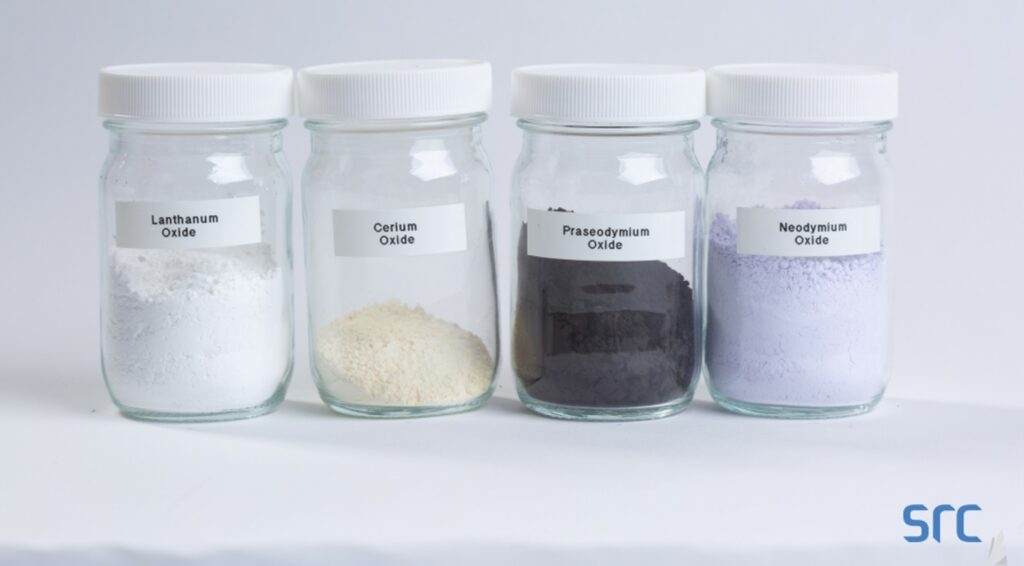
REEs are a group of 17 minerals that aren’t exactly rare but are difficult to obtain in high enough concentrations. REEs can be recovered from monazite — a material rich in phosphate and other minerals that can be found in either sand or hard rock. To separate the REEs, the monazite must go through several stages of processing and purification. SRC’s Rare Earth Processing Facility consists of three crucial units: the Monazite Processing Unit, the Separation Unit and the Metal Smelting Unit.
“Rare earths are not really different from other mining sectors when you look at the raw material,” explains Imran. “REEs are separated from impurities in the Monazite Processing Unit. Once that process is complete, the rare earths need to be separated from each other and that’s where the Solvent Extraction Unit comes in.”
Solvent extraction is a necessary step that makes REEs more valuable. Once this stage is complete, the separated rare earths can be converted into metal in the Metal Smelting Unit. At SRC’s Facility, solvent extraction separates the rare earths into three mixtures: medium-heavy REEs, lanthanum-cerium carbonate and a neodymium-praseodymium mixture, which then undergo further processing in the Metal Smelting Unit. To get the Rare Earth Processing Facility up-and-running, SRC took on the challenge of designing and fabricating solvent extraction cells in-house.
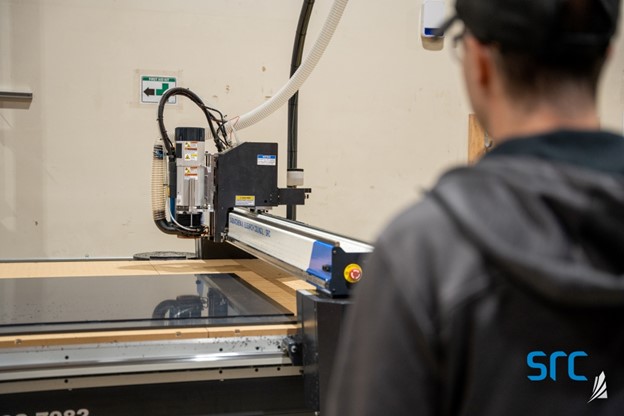
“When we started this project back in 2020, our plan was to procure these cells internationally, but a new export law in that jurisdiction put a ban on any technology related to REE,” says Dr. Imran. “We tried to get the cells from other countries but ultimately, we thought we should do what we do best as a research and technological organization, and decided to design and build the solvent extraction cells ourselves.”
SRC’s patent-pending solvent extraction cells have been designed with automation algorithms that improve their efficiency and recovery capabilities. They are being manufactured in-house at an SRC-operated fabrication facility.
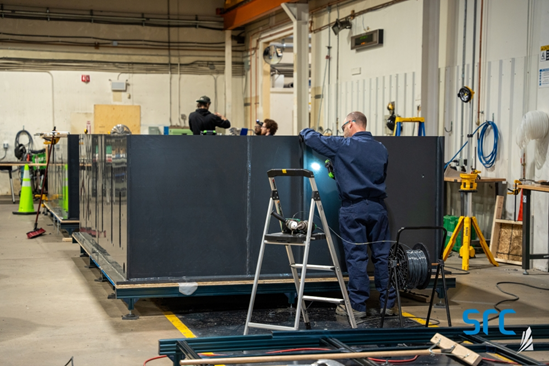
SRC has manufactured more 140 of the cells at the fabrication facility. The cells constitute the main component in the Rare Earth Processing Facilities Separation Unit. The cells take mixed rare earth chloride, a liquid mixture which includes all 17 rare earth elements, through a process that separates them into individual or grouped rare earth oxides.
The cells are fabricated from locally-sourced PVC material that is welded into shape. To address the challenges of PVC welding, SRC has developed semi-automated welding equipment to improve performance and reduce physical demands. Once fabricated, the cells are assembled into a modular unit called a “battery.” Each battery can hold up to six individual cells.
Headquartered in Saskatoon SRC is Canada’s second largest research and technology organization with 1,600 clients in 22 countries around the world. With nearly 350 employees and $232 million in annual revenue, SRC helps clients solve technology problems, make improvements, increase productivity and develop new markets.
For more info, see www.src.sk.ca, www.vitalmetals.com, www.commerceresources.com.


